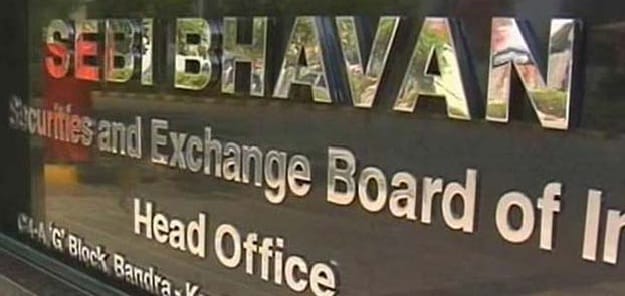http://www.business-standard.com/article/companies/price-war-to-expedite-m-as-and-exits-of-smaller-players-116090201596_1.html

a
The predatory pricing by Reliance Jio would hit smaller players such as Tata Teleservices, Anil Ambani’s RCom and Aircel as they will not be able to match Jio’s lower tariff due to lack of cash. This would, in turn, lead to a surge in mergers and acquisitions (M&As) among the players and even exits, industry sources said.
“The weaker players with constrained financials will not be able to replicate Jio’s offers and hence should cede revenue share to Jio. We expect Jio to have a 10 per cent revenue share of the mobile market in five years,” said an analyst with Deutsche Bank.
Take, for instance, Tata Teleservices, which made a loss of Rs 3,386 crore in FY16, was in talks for a merger with Telenor. But, the talks stalled as Telenor decided to exit the Indian market and did not go ahead with the negotiations. With Tata Tele’s revenues static at Rs 10,994 crore, theTata group will have to do some serious planning on the future of its telecom operations as its main shareholders. Tata Sons will not be able to keep investing money in the loss-making business, analyst said.
As on March 31, 2016, unlisted Tata Teleservices along with its listed subsidiary Tata TeleservicesMaharashtra had a subscriber base of 60 million with a market share of 5.81 per cent. The company has bank loans of Rs 30,000 crore. “Tata will have to immediately come out with new plans to retain its customers and being a marginal player, we will not be surprised if the Tata group exits the sector after its dispute with Docomo ends,” said an analyst in Mumbai.
Another marginal player, Aircel, is in advanced talks with a merger with Anil Ambani ownedReliance Communi-cations. At present, Aircel provides outdated second generation based wireless telecom services in all 22 circles of India and 3G services in 13 circles and has broadband wireless access spectrum for services in eight circles. But, its financial metrics are as bad as Tata Teleservices, making it difficult for the company to take on Jio’s might.
In calendar 2015, Aircel reported net loss of Rs 2,215 crore on total operating income of Rs 11,433 crore and Aircel had a subscriber base of 87.1 million as of March this year. With 4G making inroads and its promoter Maxis of Malaysia not investing more funds into the company, the firm with loans of Rs 17,500 crore has initiated a merger with Reliance Communications. A formal announcement of the merger is expected any time. The merger will help both RelianceCommunications and Aircel take on the big boys of the industry - Bharti, Vodafone, and Idea which hold a sizeable share of the Indian wireless telephony market.
Another strategy of the smaller players is to exit the sector completely. In early August, Bharti Airtelacquired rights to use 4G airwaves of Aircel in seven out of eight circles under their Rs 3,500-crore spectrum trading deal. It also signed a similar deal with another small player, Videocon to acquire spectrum in six circles for Rs 4,428 crore. Videocon finally exited the sector completely.
The only good news for the small players is that due to absence of good packages at below Rs 500 price point by Jio, it could help the small players hold on to their customers for some more time. But, industry analysts said Jio’s tariff would undergo a change by early next year when the company finally launches its commercial operations.









